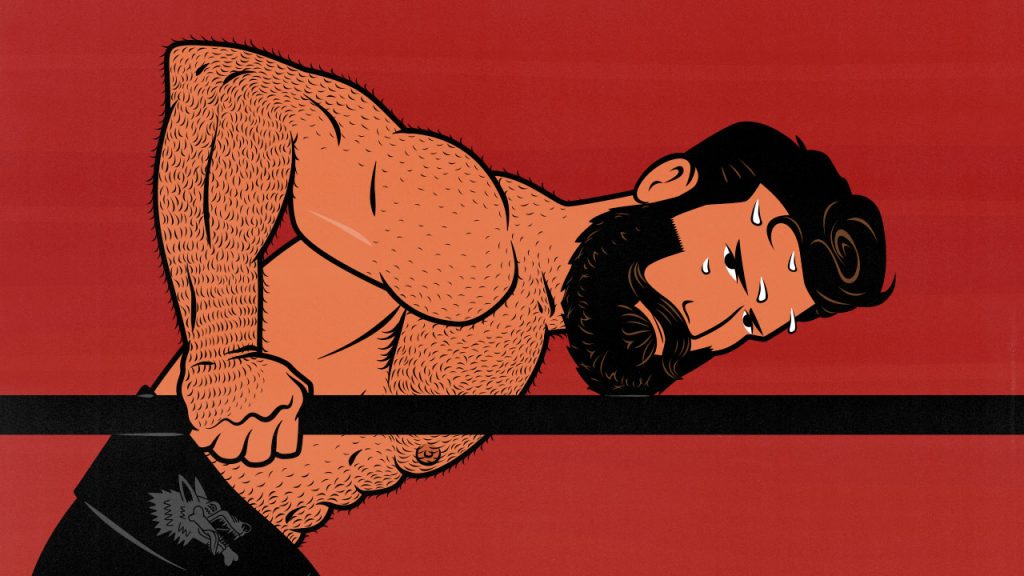
What Muscles Do Dips Work?
Dips are an underrated exercise, and there’s some fascinating research to cover. They’re one of the best exercises for building muscle in your chest and shoulders—arguably even better than push-ups and bench presses.
I’ve been doing dips for over a decade, and I credit them for helping me build a big chest. They also helped me bench 315 pounds, even though I rarely do the bench press.
So, what muscles do dips work? Why are they so powerful?
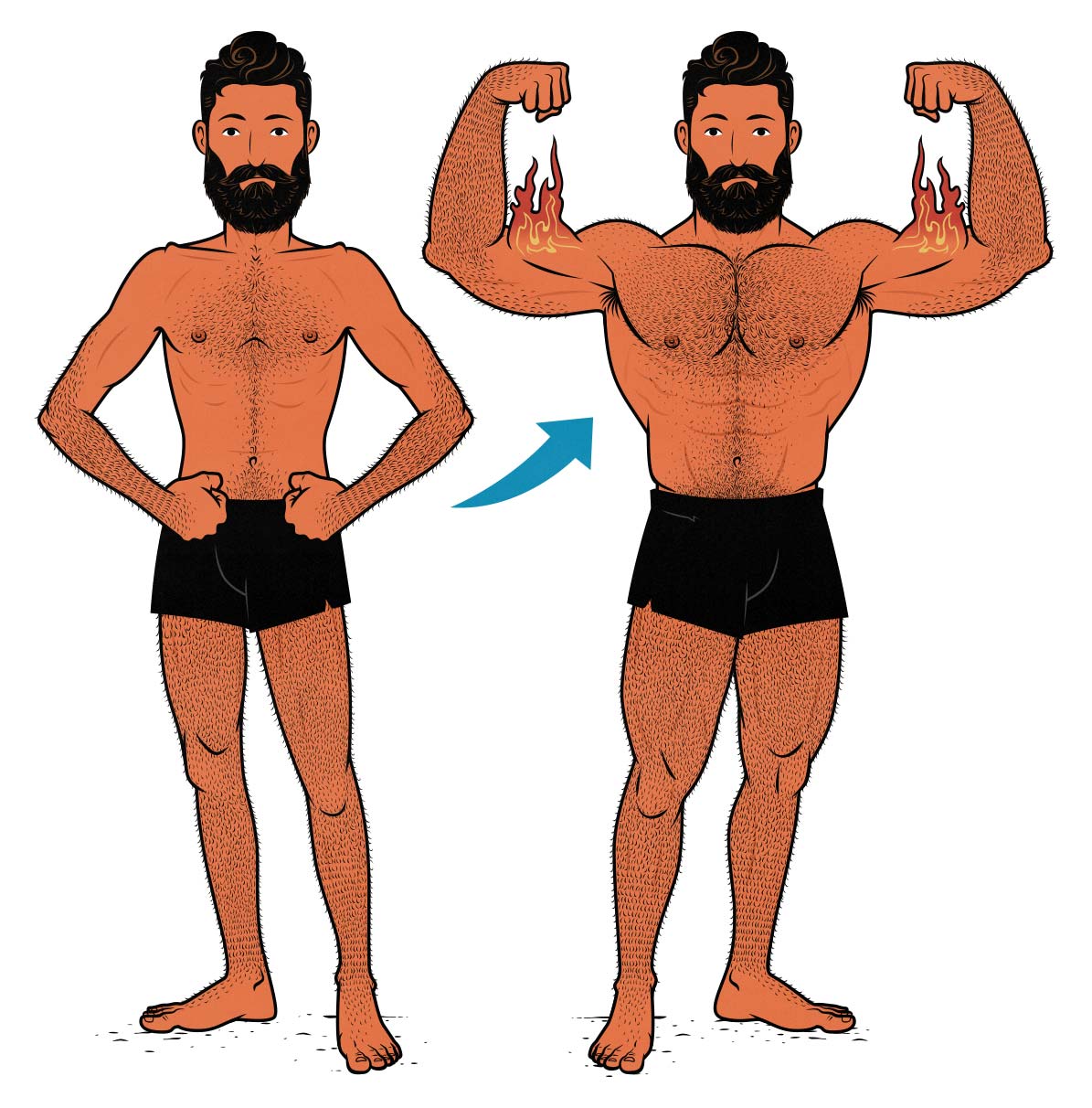
The Main Muscles Worked by Dips
Dips work the chest, front delts, triceps, and serratus anterior. They’re famous for working the chest under a maximal stretch, making dips perhaps the best chest exercise of all time.
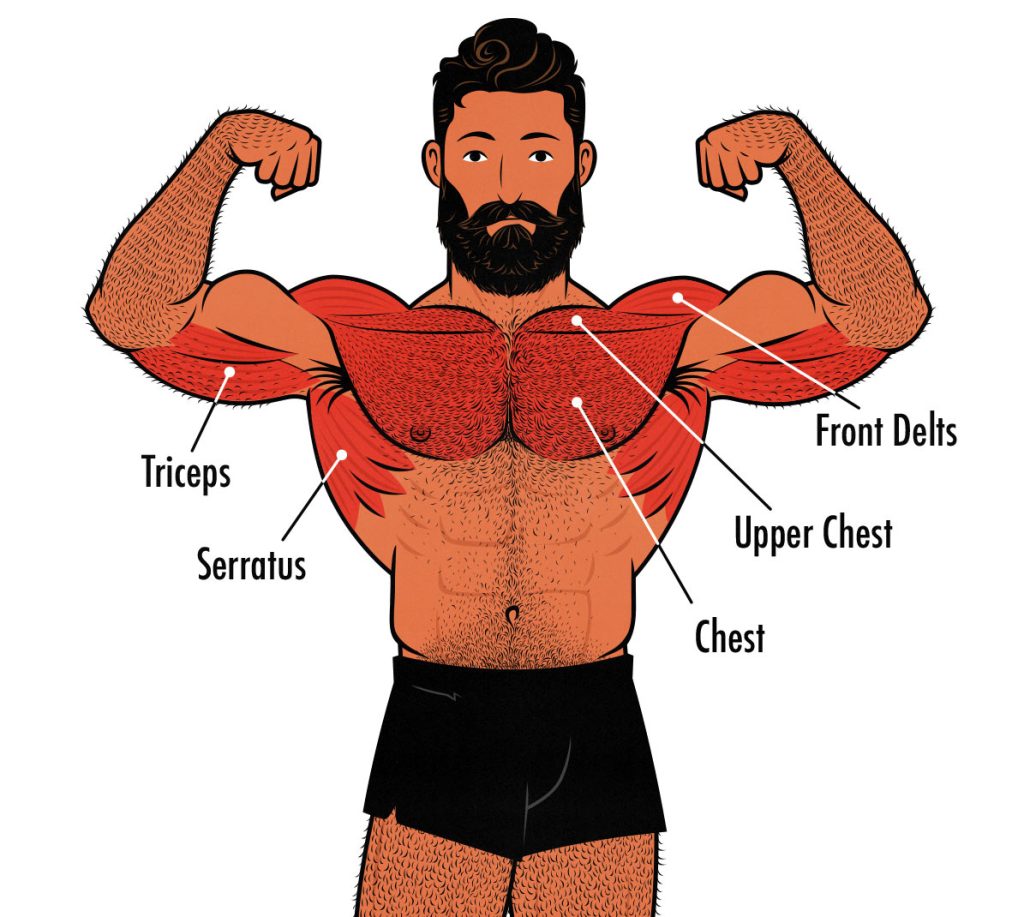
Dips work the upper chest a little bit, but they’re much better at working the mid and lower chest. Thus, they pair well with incline bench presses and overhead presses.
The serratus anterior has the potential to be a big muscle—nearly as big as your lats—and it has the important role of keeping your shoulder blades sturdy. You can train it with push-ups and dips, but not the bench press. That’s one key advantage of dips. But there’s another.
Chest Dips Vs Triceps Dips
There are two ways to do dips. The first way is to keep your torso upright, putting more of the strain on your triceps. These are called triceps dips or bench dips. They aren’t a bad exercise, but it’s usually better to do overhead triceps extensions instead. More on that in a moment.
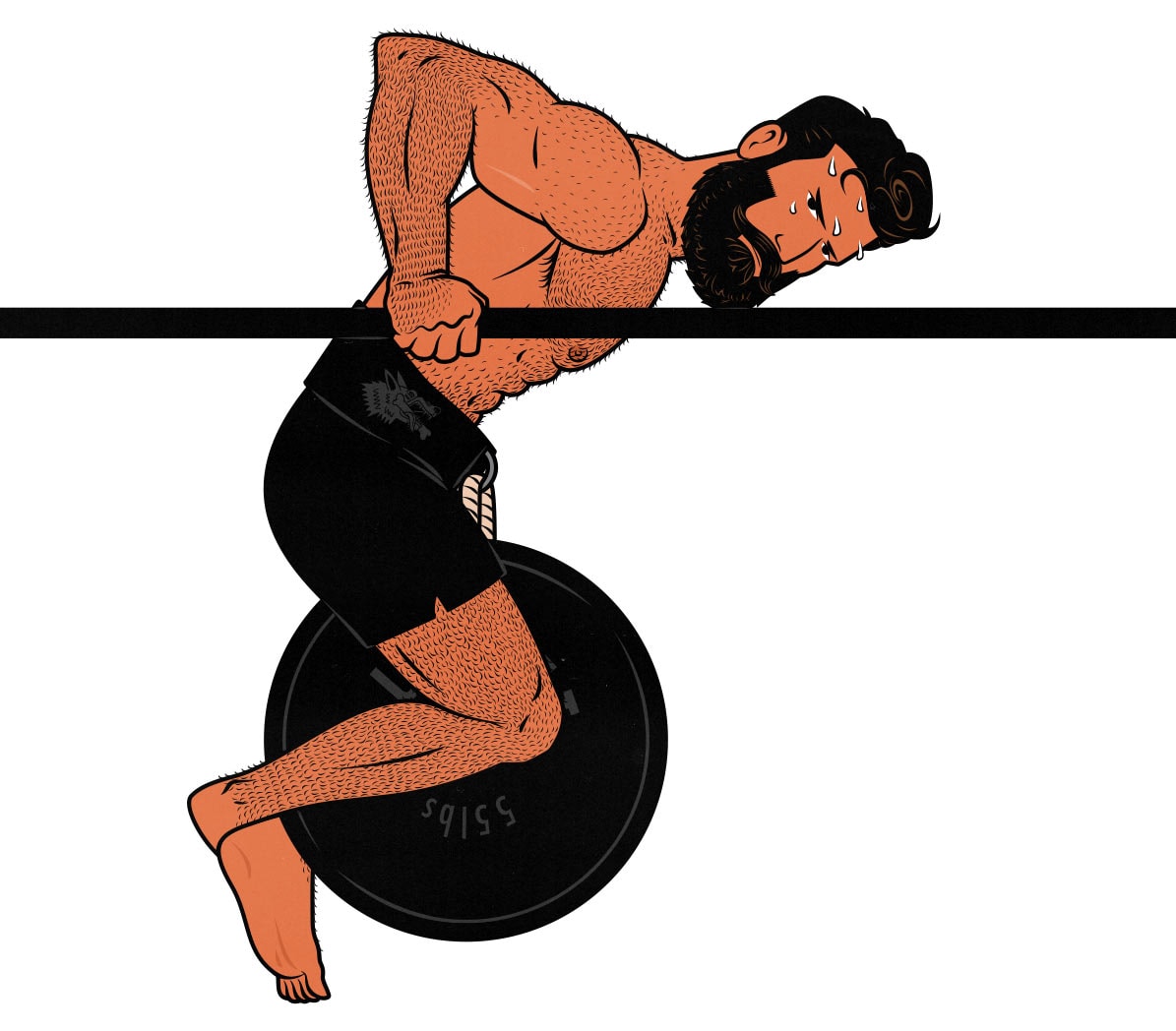
The second way of doing dips is to lean forward, putting the strain on your chest and shoulders (as shown above). These are called chest dips. Think of them like floating push-ups. Your triceps will still get worked through a full range of motion, but now you’re bringing even more powerful muscles into the exercise. This is where dips truly shine.
The Power of a Deep Range of Motion
There’s a growing body of evidence that challenging your muscles under a deep stretch stimulates anywhere from 10–300% more muscle growth, depending on what exercise swaps you’re making (systematic review, study, study, study). More on that in this article.
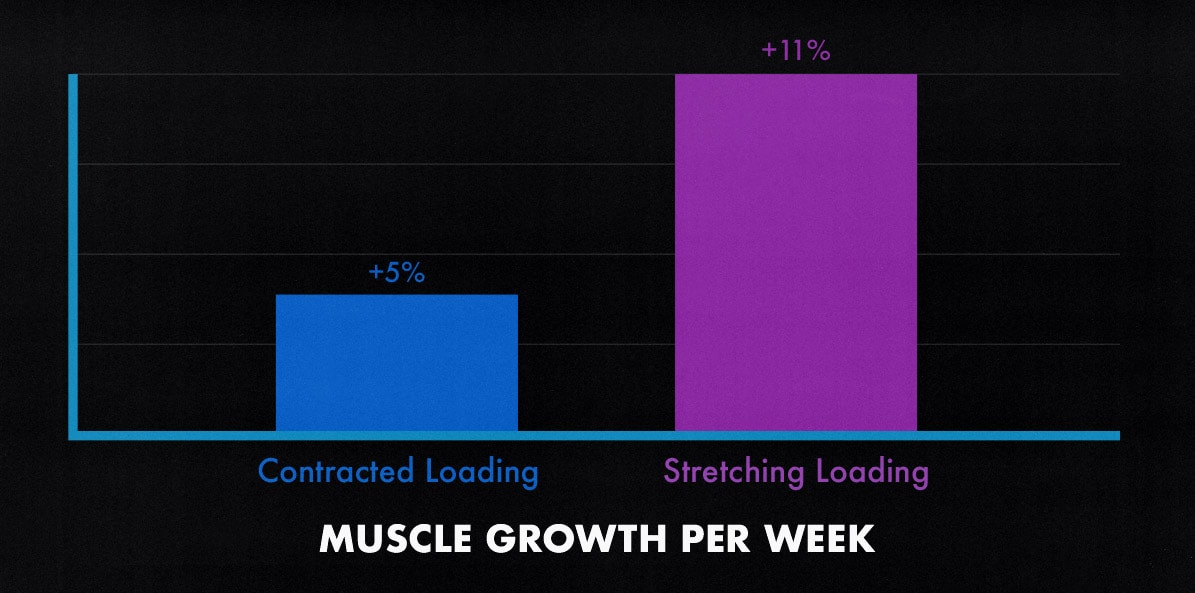
The best exercises are hardest when your muscles are fully stretched. Push-ups and bench presses get you close but not quite all the way there. They’re great, but you can do slightly better. Dips allow you to stretch your chest even deeper at the bottom.
What Part of Your Chest Do Dips Work?
Dips are a complete chest exercise. They train your lower and upper chest. And, believe it or not, they also train your inner chest and outer chest.
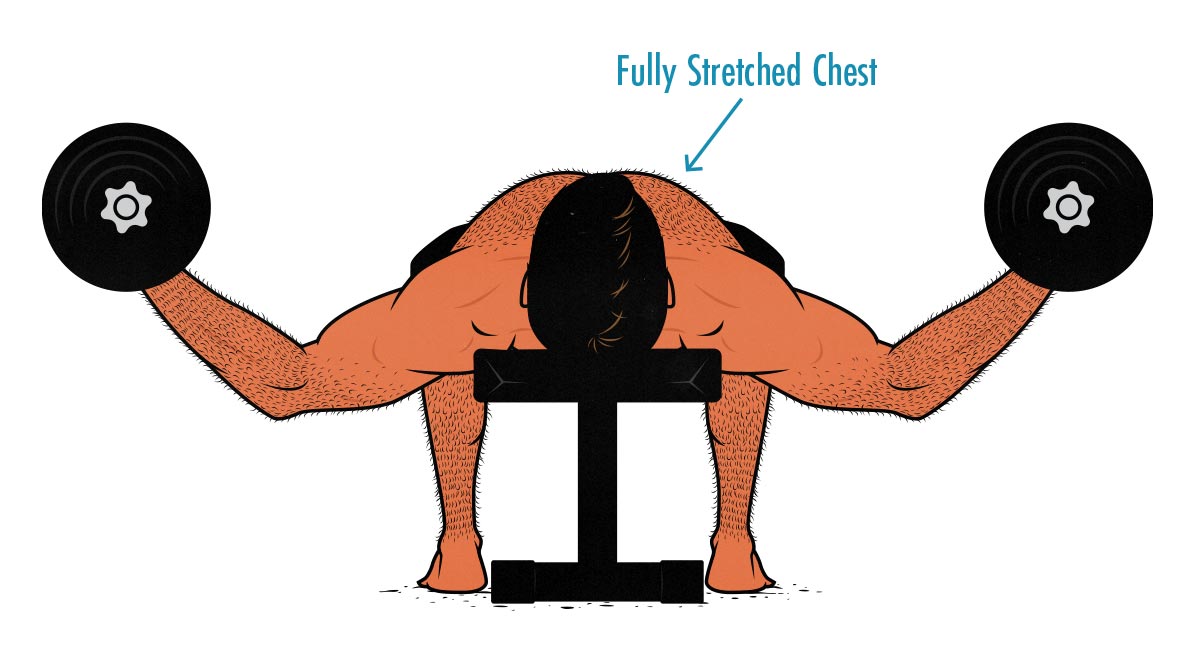
For decades, bodybuilders have preached that exercises that challenge your chest in a contracted position (such as the cable fly) are better for building the inner chest, whereas exercises that challenge the stretched position (like the dumbbell fly) are better for the outer chest. They were halfway right.
Training under a deep stretch does a better job of challenging the distal portion of the muscle fibres in your chest—the area furthest from your sternum—making your chest wider and fuller.
So, when you challenge your chest in a stretched position, it bulks up the inner and outer chest. When you challenge your chest in a contracted position, it only bulks up the inner chest. That means that guys who only do cable flyes might have a proportionally larger inner chest, whereas guys who do dips will have a larger chest overall.
Do Dips Work Your Shoulders?
Dips can work your front delts—the fronts of your shoulders. That’s especially true when you lean forward into them, keeping your upper torso more horizontal. However, they won’t always work your front delts hard enough to maximize their muscle growth. You may also need some incline or overhead pressing.
For more on building bigger shoulders, here’s our article on how to train your front, side, and rear delts.
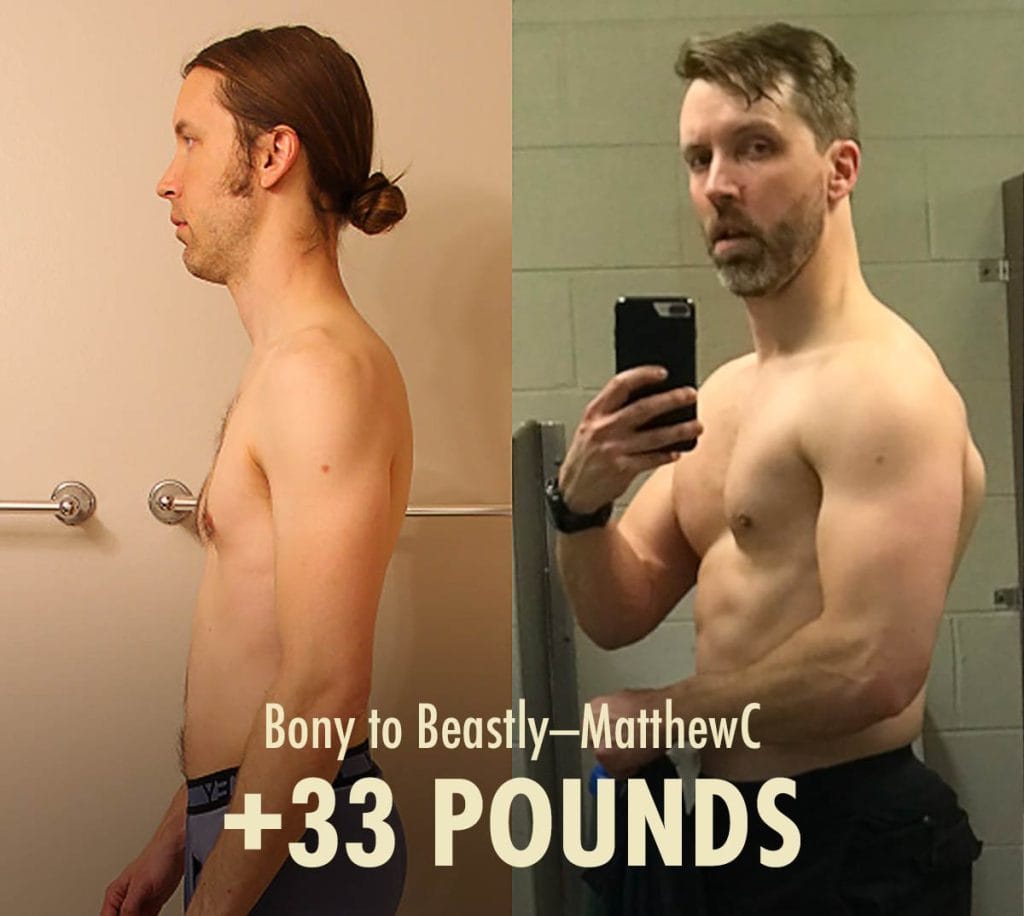
Do Dips Work Your Triceps?
Dips are great for bulking up your triceps. Even if you lean forward, doing chest dips, you can still work your triceps through a full range of motion.
On the other hand, the long heads of your triceps cross the shoulder joint, interfering with pressing movements. So, in addition to doing dips, you’ll want to include some triceps extensions. We’ve broken down all that research in our article on building bigger triceps.
Do Weighted Dips Work Different Muscles?
One of the advantages of dips over push-ups is that they’re much easier to progressively overload. If you have a dip belt, it’s as simple as adding a 5-pound weight plate. And when you add those 5 pounds, dips stay the same. They work the same muscles.
How Many Sets to Do
Most research shows you can maximize muscle growth with around 4–8 sets per muscle per workout. Dips might be too powerful for that. If you get a full stretch on your chest at the bottom, and if you take your sets to the cusp of failure, you might be able to maximize muscle growth with as few as 3–5 sets per workout, even if that’s the only chest exercise you do.
I’m well-acclimatized to dips, and I get 3–4 days of muscle soreness from taking 4 sets to failure. If I do that twice per week, the agony is unceasing.

Alright, that’s it for now. If you want us to keep you up-to-date on the latest and greatest muscle-building research, techniques, and methods, we have a free newsletter. If you want a full foundational bulking program, including a 5-month full-body workout routine, diet guide, recipe book, and online coaching, check out our Bony to Beastly Program (for men) or Bony to Bombshell Program (for women). If you want a customizable intermediate bulking program, check out our Outlift Program.



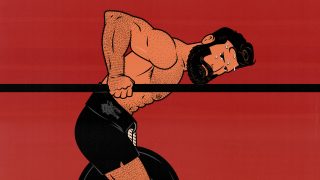
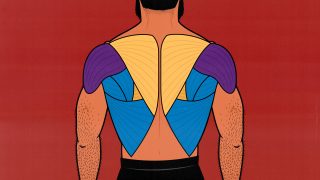
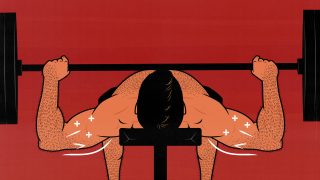
Another great article, Shane and Marco. 🙂
I have a question on an alternative to dips using parallel bars, since the only parallel bars near me is at an elementary school and, well… don’t want to look like creepy old dude doing dips when the kiddies are there! So, as an alternative, would pushups with hands raised on blocks still result in the same maximal stretch and work the serratus?
Thanks, man!
Yep! Deficit push-ups are a great alternative to dips. They work your chest and serratus anterior muscles just as hard, under just as deep a stretch. The only downside is that they’re harder to progressively overload. You can raise your feet up, but after that, you’re stuck delving into higher rep ranges. That’s effective, but it’s painful!
Great article! Glad you covered this great exercise. I also have no dip bars. I therefore use gym rings. Took some time to work myself up from static holds to full ROM Dips. So far I am doing 4 sets of 4 reps with bodyweight only. My impression is that ring dips are a lot harder than with bars. It definetly improves real life strength.
Best regards
Sebastian
Thanks, man! Gymnastic-ring dips are fantastic. I do those sometimes, too. Definitely way, way, way harder.